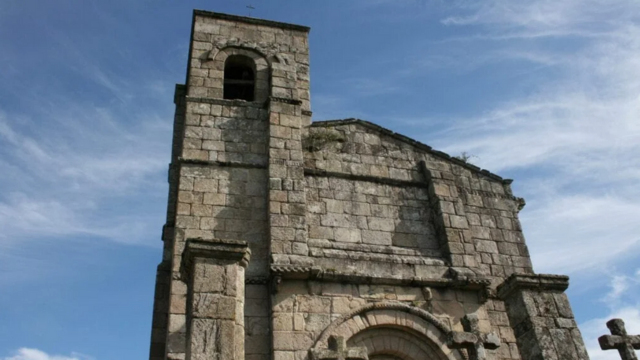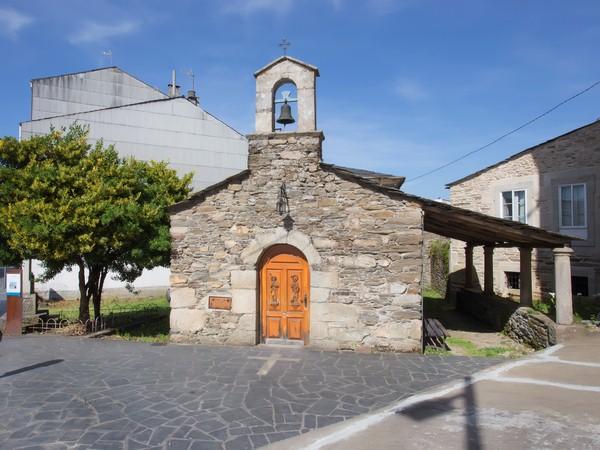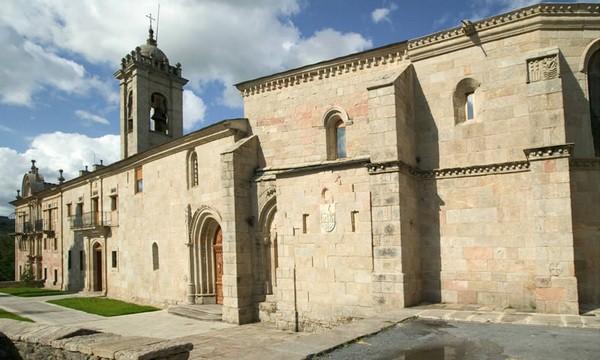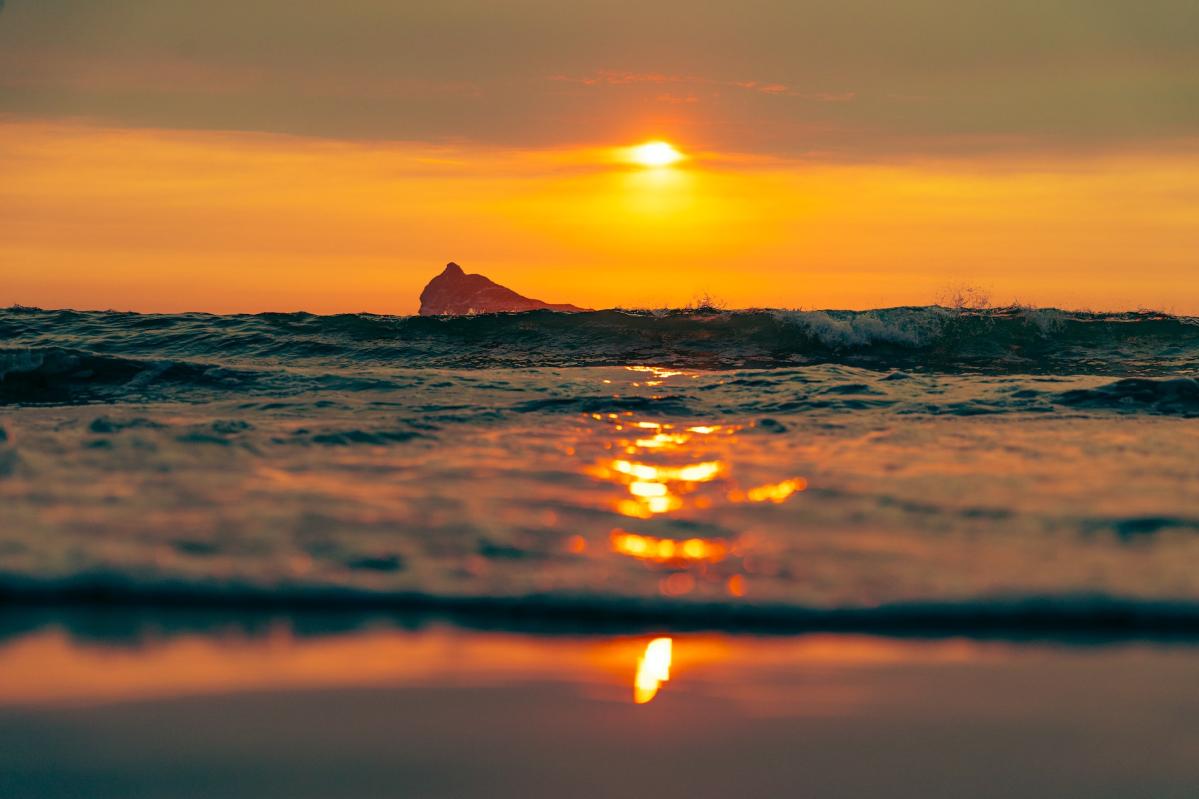Sarria

This historically significant town was founded in the 12th century by King Alfonso IX of León and Galicia, specifically to support the Camino de Santiago and the pilgrims who journeyed through it. Originally established as *Vilanova de Sarria*, it was here that the king passed away on September 24, 1230, during his own pilgrimage to Santiago. Sarria became a royal town with the right to vote in medieval courts and, in 1360, was granted to the Count of Lemos, under whose control it remained until the early 19th century.
The area around Sarria has been inhabited since ancient times, with evidence of settlements dating back to the neo-eneolithic period, demonstrated by megalithic tombs. Roman ceramics and coins discovered in local castros (hill forts), such as Seteventos and Vilapedre, indicate an active population during the late Romanization period, along with the remains of two Roman villas found in Vilar de Sarria and Santo Antolín.
Sarria's rich history has always been tied to the Camino de Santiago. Since the Middle Ages, the town has been a significant stop for pilgrims, and the establishment of monasteries like Santo Estevo de Calvor (785), Santa María de Corvelle (857), and San Mateo de Vilapedre (10th century) highlight its cultural flourishing. The Monastery of La Magdalena, founded in the 13th century, served as a hospital for pilgrims, and more such hospitals were established in the region, including one for lepers.
The arrival of the railway in 1880 and improvements in communication helped fuel Sarria's economic and urban growth. New neighborhoods emerged, and in 1885, the new church of Santa Marina was inaugurated. In the early 20th century, the town continued to expand with new infrastructure and a boost in commercial and industrial activity.
Today, the Jacobean spirit of Sarria remains vibrant, as evidenced by the numerous pilgrim hostels. Beyond being a popular starting point for the Camino, Sarria offers visitors the chance to enjoy its rich heritage, cuisine, and scenic landscapes, making it a highly attractive tourist destination.


